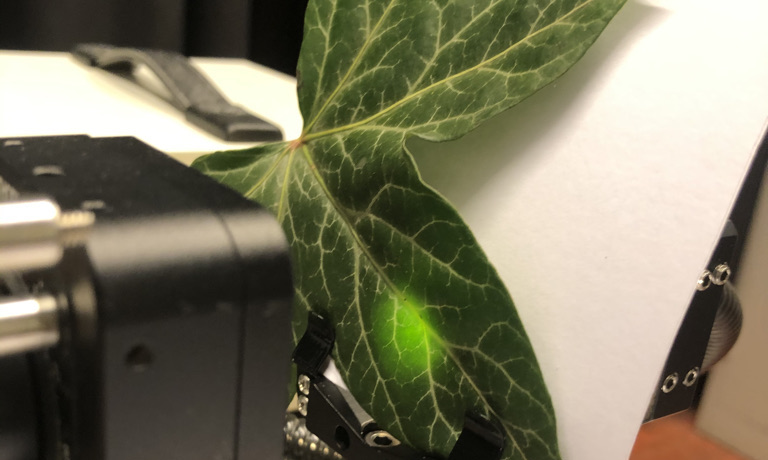
Meet the researchers - and discover more about their results:

"How do (exo)planetary environments affect chemistry & spectra of (supposed) biomarkers and geochemical processes?"

"Photosynthesis in extreme environments on Earth as proxy for remote detection of extraterrestrial life"
Over the last two decades, we have witnessed a revolution in astronomy that is shaking up our views of the Universe and completes the Copernican revolution started some 450 years ago. We now know that planetary systems are bountiful and almost every star has an associated planetary system. New missions are in preparation and the European Extremely Large Telescope (E-ELT) will make it possible to obtain the first direct images of rocky exoplanets.
The interpretation and understanding of this wealth of data requires the development of new, highly interdisciplinary research approaches. Astronomical observations need to be combined with knowledge from the fields of earth sciences, biology and chemistry to provide a coherent framework to understand planetary system formation and evolution. The goal of the Planetary and Exoplanetary Programme is to understand the origin, structure and evolution of rocky planets and to identify the best approaches to detect biosignatures and organics in planetary systems. This goal will be reached through a highly integrated and coherent programme of experiments, numerical simulations, and astronomical observations. (credits)

 -->
-->